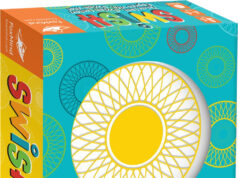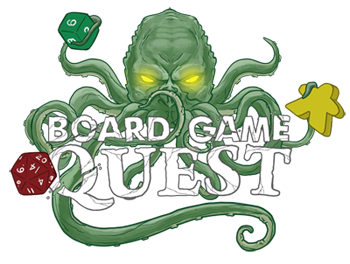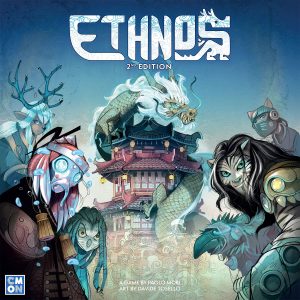 Coming up on eight years ago, I had the pleasure and displeasure of reviewing the first edition of Ethnos. For those uninterested in reading that review, the TLDR is I felt it was a great game but the map and the components were deficient. This led to a 3.5 star score that some readers felt was insufficient. Well, for another TLDR, let me just say that the new Ethnos: Second Edition is excellent and, in my humble opinion, worth discarding the first edition if you still have it.
Coming up on eight years ago, I had the pleasure and displeasure of reviewing the first edition of Ethnos. For those uninterested in reading that review, the TLDR is I felt it was a great game but the map and the components were deficient. This led to a 3.5 star score that some readers felt was insufficient. Well, for another TLDR, let me just say that the new Ethnos: Second Edition is excellent and, in my humble opinion, worth discarding the first edition if you still have it.
For everyone else who is just coming to find out about this game and needs some help understanding what the fuss is all about, Ethnos: Second Edition (Ethnos 2e) is an East Asian-fantasy themed game of set collection, card play, and area control with special powers layered on. It has a wide player count range (2-6 players) and knocks out in 60 min, even with a high number of players. For me, the sweet spot is five players, but you’re not missing much unless you go down to a two-player game.
Gameplay Overview:
The components of Ethnos 2e, like its forebear, are exceedingly simple. There’s a board, a deck of cards, a set of control tokens per player in the shape of pagodas, and some small cardboard tokens for various purposes. With these utensils, players will be drawing cards or playing them to place control tokens on one of the six regions of the board. To win, players accumulate points based on control of these regions and also for the sets of cards they have played. Each set of cards of a certain size gains a certain number of points, and, of course, more cards equal more points.
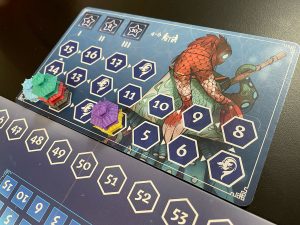
On a turn, player have two basic choices. They may either take cards from a card row of cards similar to Ticket to Ride, or they may play a set of cards of the same suit or the same color. A set of cards can be as few as 1 card, but the number of cards played also affects how many control tokens you may place on the board (again, similar to Ticket to Ride) in a particular region. For example, if a player already has 1 token in a region, they must play a set of 2 cards (at least 1 more than how many they have in the region) in order to play an additional control token into the region.
Now, the importance of this control placement is affected by the game’s pacing. The deck of cards that players are drawing from has certain “Dragon” cards that don’t do anything except presage the end of one of the game’s rounds (3 total). Once the third Dragon card is drawn, the round ends immediately. Once a round ends, the players’ total points for control of the regions are determined by the number of control markers.
The scoring values of a region are determined by cardboard tokens on the board that indicate the region’s point value for first, second, and third place, and these are changeable from game to game. For round 1, only the player with the most control earns points. In round 2, the highest two players with control earn points, and for round 3, it’s the highest three players. In addition to these points, players gain points for sets of cards played with players needing at least 2 cards in a set to score any points. Players could also go for the big enchilada and score 15 points for a set of 6 or more cards.
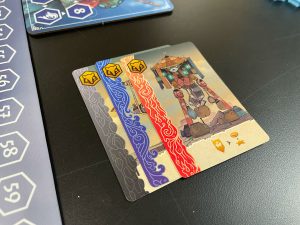
So where does the game’s nuance come in? Well, it just so happens that when you play cards of a particular set, you also choose a single card with a character (suit) on it, who becomes the set leader. This determines the activated power for that set.
During setup, players don’t play with all the cards in the game. They randomly pick 6 of the total 12 suits to use and put the rest back in the box. Because each suit has a special power, players are only seeing that particular combination of powers in play, and the variety here creates really interesting game challenges from session to session.
So what do the powers do? Generally, they aid a player’s ability to play cards out of set, make it easier to play sets of cards to gain control markers, or increase the manageability of cards in hand. Some powers have extra boards that also grant bonuses and add new challenges. On the whole, the variety added from the different power types and the variable point values for regions creates the main player decision space in the game.
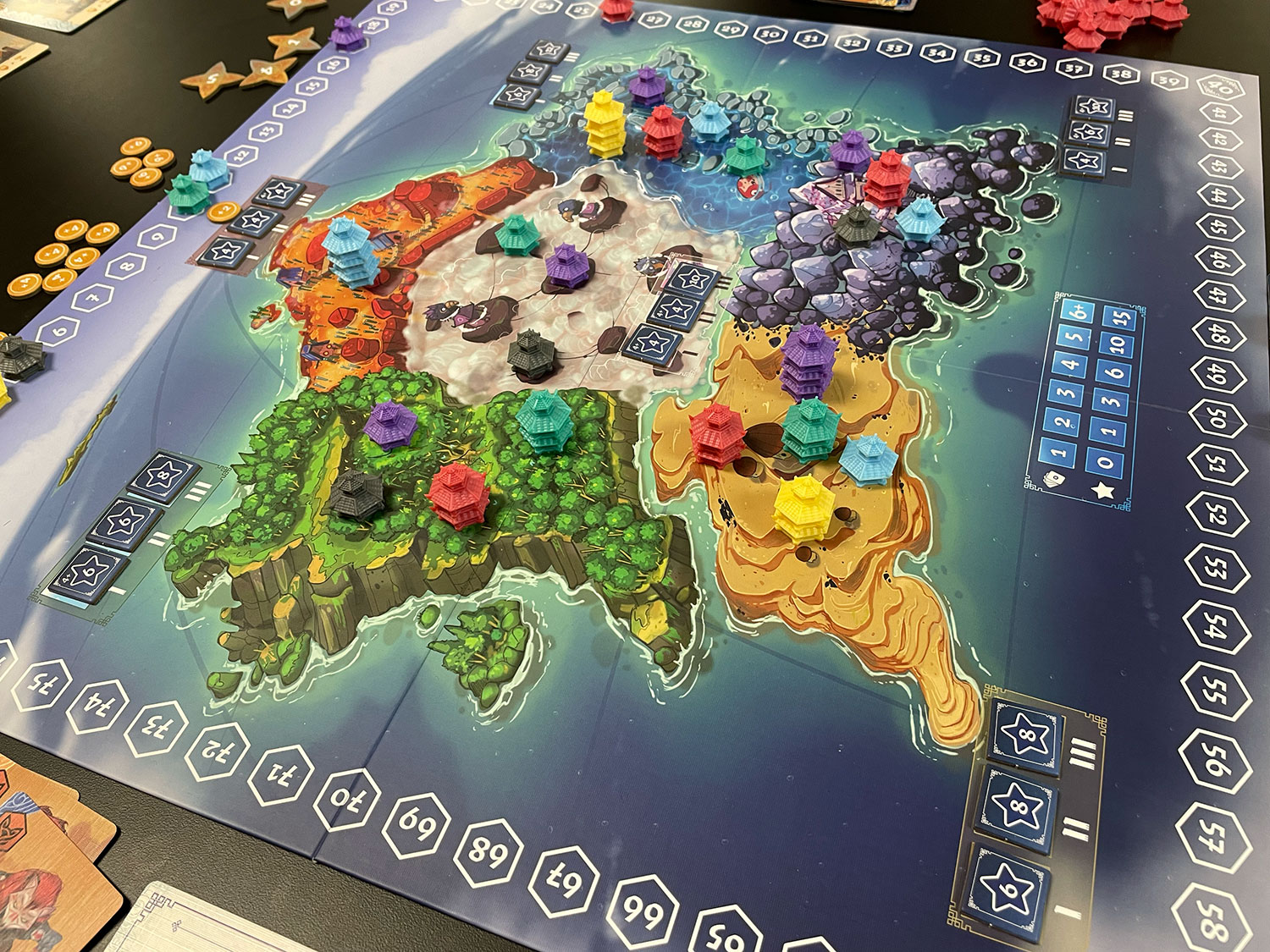
Game Experience:
As you can see from the Gameplay Overview, the game is pretty much the same as its previous version with some aspects tightened up and the art and components redone. You might quickly ask “WHY?” is all this necessary and how could that possibly create a better game. The answer is that there are some new gameplay modes, and the designers have rebalanced scoring values for regions.
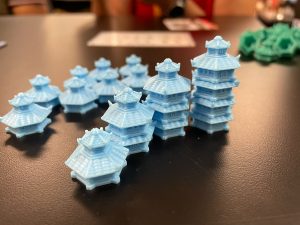
However, the main improvement for me is the quality of the components and the top-to-bottom retheming of the game. The Asian anthropomorphic animal art really works alongside the board, and when the pagodas are placed, it really looks like a village slowly being populated.
There are some slight visual annoyances when you need to be able to tell which cards go with which region, but once you learn how to spot these issues, they quickly fade into the background. Overall, the production value is much, much better.
So, if you haven’t played the first game, is this worth picking up? YES! More than many other games, this is an easy game to bring for a game night where you have a group of indecisive friends, or maybe you don’t really know what player count you need to accommodate.
I have been to many board game meetups where I don’t know the skill level of players, how many people I’ll be playing with, or even how much time will be reasonable. This game very appropriately handles all these complexities. I find it to be flexible, easy to learn, and with enough variety to keep me interested game after game. And it just so happens that I love area control games.
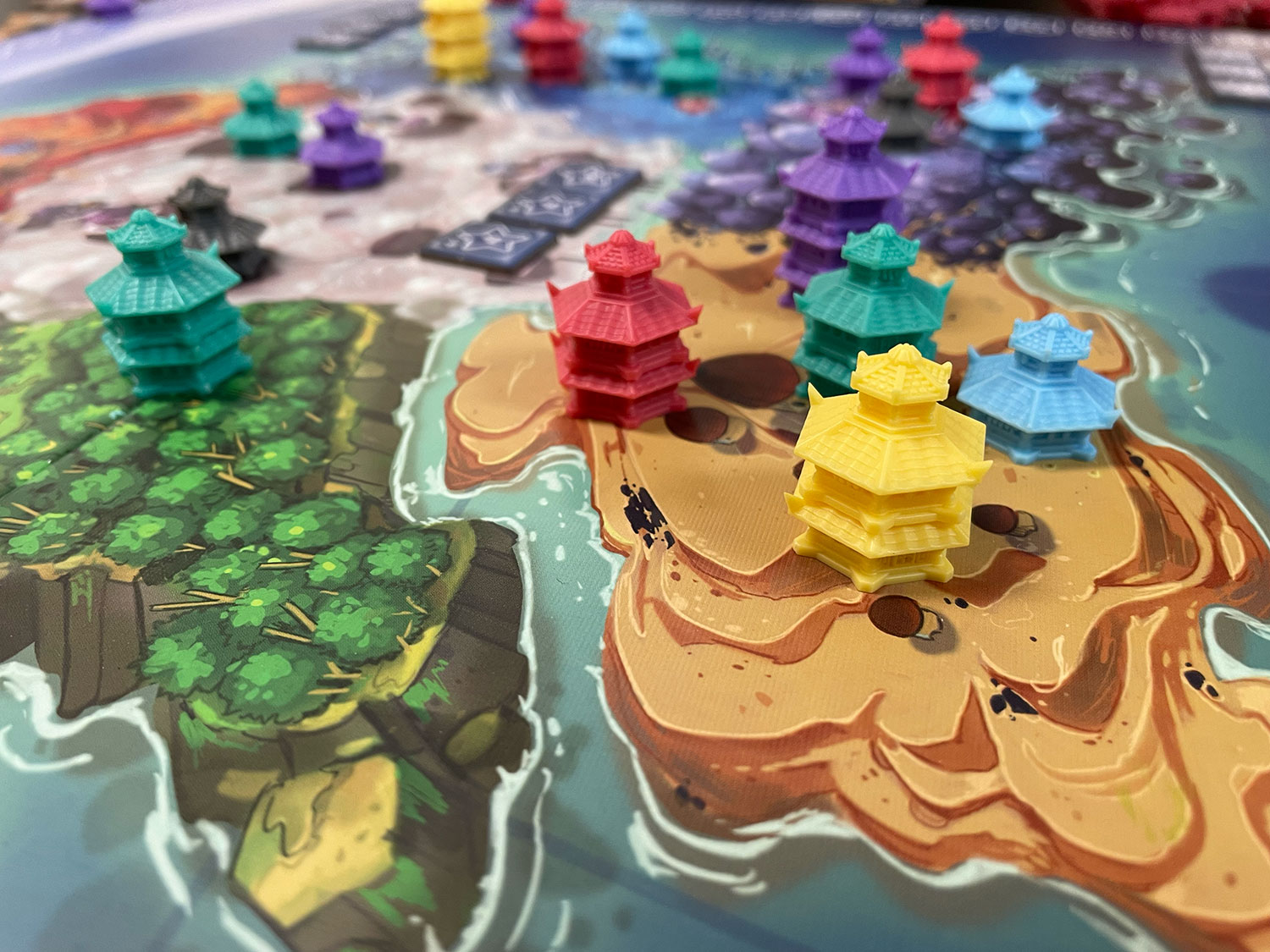
Final Thoughts:
Long ago, in the before times, there was a game called Ethnos which used a map of Slovakia to illustrate a legendary kingdom. That island is long forgotten and a new one rises from the mists. This island has a glorious artistic style and functional pagoda pieces that fuel an area control game of tough choices and challenging turns for a wide range of players. Ethnos: Second Edition is highly recommended.
Final Score: 4.5 stars – The NEW Ethnos: Second Edition outshines its forebear and is definitely worth acquiring for a variety of game groups.
 Hits:
Hits:
• Excellent replay value
• Works at many player counts
• Challenging and engaging turns from first to last
• Easy to learn even for new players
Misses:
• Some color mismatch with the map and cards
• Two player experience isn’t as good











